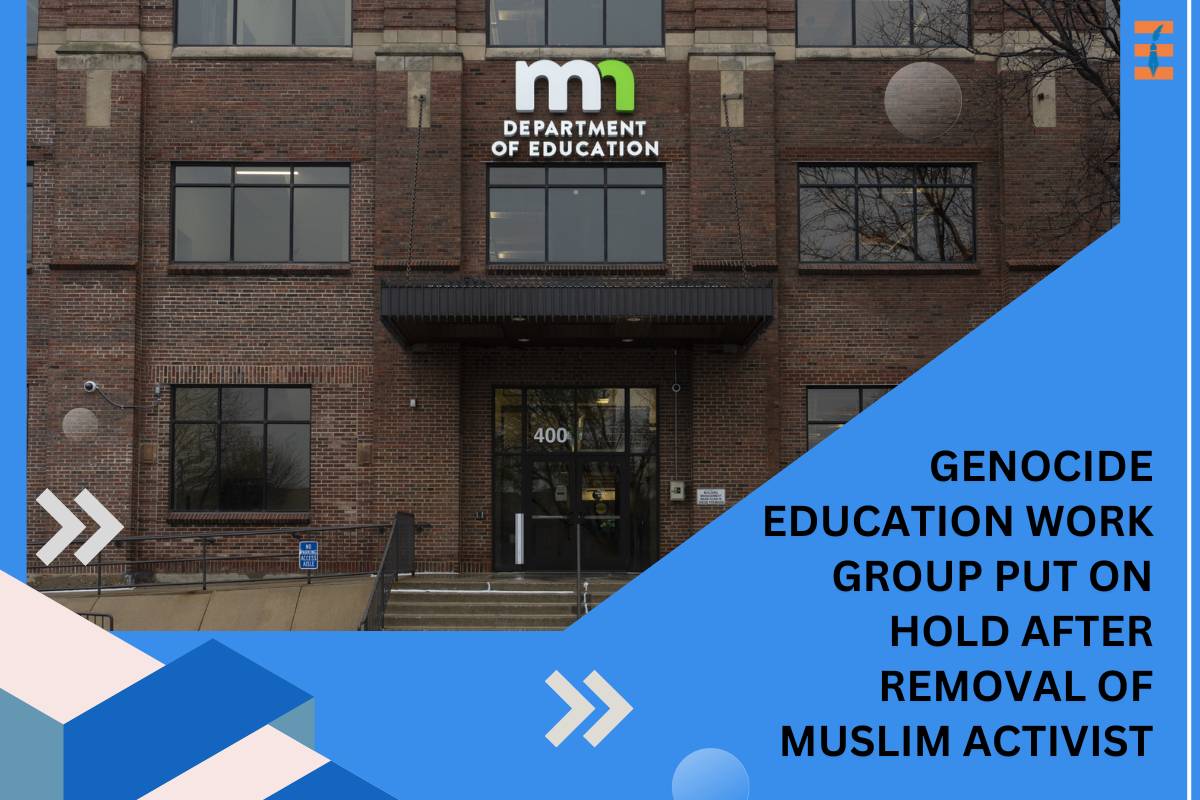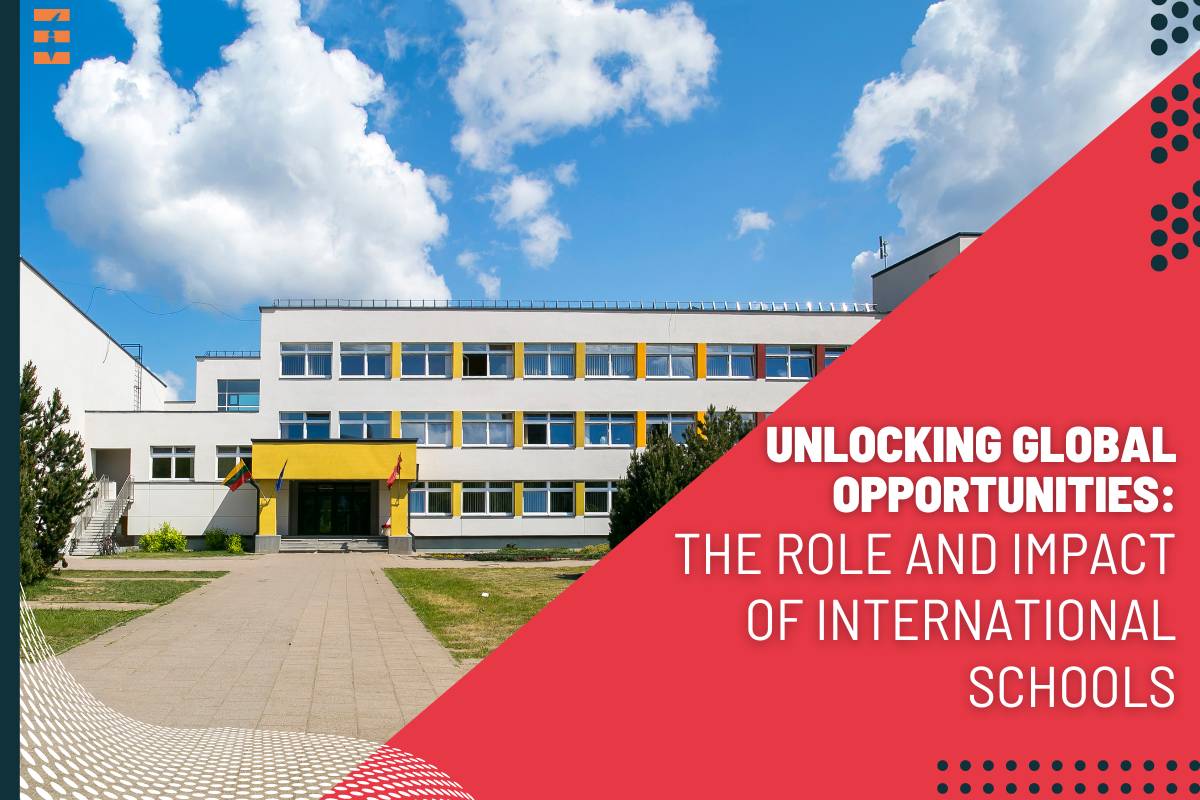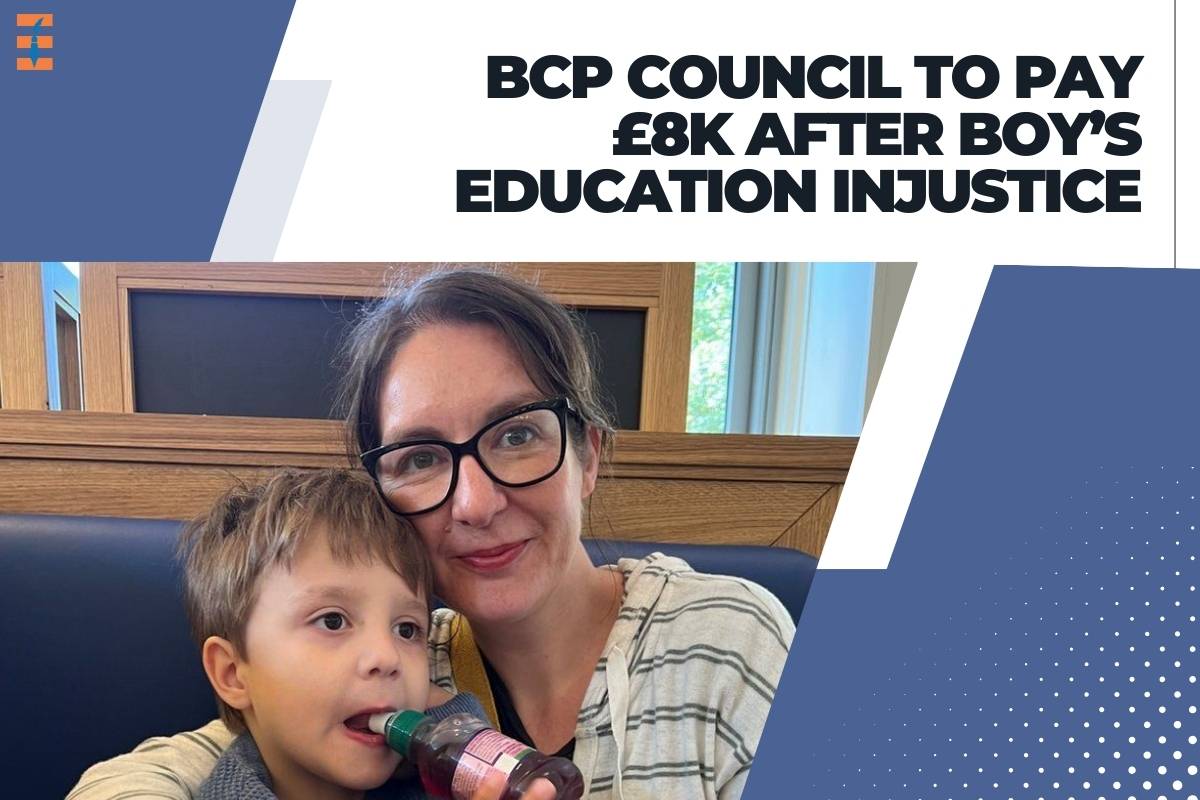Educators and institutions continually seek innovative methods to enhance learning outcomes and equip students with skills relevant to the dynamic demands of the 21st century. One such pedagogical approach gaining prominence is Problem-Based Learning (PBL), a student-centered methodology that shifts the focus from traditional content delivery to active engagement, critical thinking, and real-world problem-solving.
Introduction to Problem-Based Learning (PBL)
Problem-Based Learning is an instructional strategy that challenges students to delve into real-world problems, encouraging them to analyze, research, and propose solutions collaboratively. Originating in medical education in the 1960s at McMaster University in Canada, PBL has since transcended disciplinary boundaries and become a versatile tool embraced across various academic domains.
Key Principles of Problem-Based Learning:
1. Problem-Centric Approach
PBL begins with the presentation of a complex, open-ended problem that serves as the focal point of the learning experience. This problem is carefully crafted to mirror authentic challenges encountered in professional settings, fostering a sense of relevance and applicability.
2. Student-Led Inquiry

Unlike traditional teaching methods, PBL empowers students to drive their learning experience. As they encounter the problem, students identify knowledge gaps and embark on a self-directed inquiry, researching and synthesizing information to understand the problem’s intricacies.
3. Collaborative Learning
Collaboration is at the heart of problem-based learning. Students work in small groups to brainstorm ideas, share perspectives, and collectively analyze the problem. This collaborative environment promotes the exchange of diverse insights and the development of effective communication skills.
4. Critical Thinking and Problem-Solving
Problem-based learning cultivates critical thinking skills by challenging students to analyze information critically, assess various solutions, and make informed decisions. This emphasis on problem-solving mirrors the demands of real-world scenarios.
5. Reflection and Feedback
Regular reflection sessions and feedback loops are integral components of PBL. Students assess their progress, discuss challenges faced during the learning process, and receive constructive feedback from peers and facilitators, fostering continuous improvement.
6. Integration of Disciplinary Knowledge
PBL encourages the integration of knowledge from various disciplines to address multifaceted problems. This interdisciplinary approach mirrors the interconnected nature of real-world challenges and prepares students for holistic problem-solving.
Benefits of Problem-Based Learning
1. Active Engagement
PBL transforms passive learners into active participants. Students are not mere recipients of information but active contributors to their learning journey, fostering a sense of ownership and accountability.
2. Retention of Knowledge
Research indicates that students engaged in PBL retain information more effectively than those in traditional lecture-based environments. The experiential nature of PBL enhances memory retention and the ability to apply acquired knowledge.
3. Development of Critical Thinking Skills

PBL hones critical thinking skills by challenging students to analyze, evaluate, and synthesize information. The emphasis on inquiry and problem-solving prepares students to navigate complex issues with a thoughtful and analytical mindset.
4. Preparation for Real-World Challenges
By addressing authentic problems, PBL equips students with skills and competencies crucial for success in their future careers. The ability to collaborate, think critically, and solve complex problems aligns with the demands of a rapidly evolving professional landscape.
5. Enhanced Communication Skills
Collaborative learning in PBL settings fosters effective communication skills. Students must articulate their thoughts, listen to diverse perspectives, and present their findings coherently, mirroring professional communication scenarios.
6. Increased Motivation
The intrinsic motivation derived from solving real-world problems enhances students’ engagement and enthusiasm for learning. PBL creates a dynamic and stimulating educational environment that resonates with students’ innate curiosity.
7. Lifelong Learning Orientation
PBL instills a lifelong learning orientation by encouraging students to continuously seek knowledge, adapt to new information, and apply their skills in evolving contexts. This adaptability is essential in a world characterized by rapid technological advancements.
Challenges and Considerations in Implementing PBL
While the benefits of Problem-Based Learning are evident, its implementation poses certain challenges that educators and institutions must navigate thoughtfully:
1. Resource Intensity
Crafting authentic problems, facilitating collaborative learning, and providing ongoing support necessitate significant resources. Educators must ensure adequate time and infrastructure for the successful implementation of PBL.
2. Faculty Training
Effective PBL implementation requires a shift in the role of educators from content deliverers to facilitators and guides. Faculty training is essential to equip educators with the skills needed to facilitate meaningful PBL experiences.
3. Assessment Strategies

Assessing the effectiveness of PBL can be challenging. Traditional assessment methods may not capture the depth of learning achieved through PBL. Educators must design assessment strategies that align with the open-ended and exploratory nature of PBL.
4. Student Resistance
Some students may initially resist the shift from a more traditional learning environment to the autonomy and responsibility inherent in PBL. Clear communication about the benefits and expectations is crucial to overcome potential resistance.
5. Balancing Structure and Flexibility
Striking the right balance between providing a structured framework for learning and allowing flexibility for student-led exploration is crucial. Educators must carefully design PBL experiences that foster both autonomy and guidance.
Examples of Successful PBL Implementation
1. McMaster University’s Medical Program
The origins of PBL can be traced to McMaster University’s medical program, where it was introduced to train physicians. The success of this program in producing clinically competent and adaptable graduates has influenced the adoption of PBL in various disciplines globally.
2. Engineering Education at Aalborg University, Denmark
Aalborg University in Denmark is renowned for its problem-based and project-based learning approaches in engineering education. Students collaborate on real-world projects, enhancing their problem-solving skills and preparing them for careers in engineering.
3. Case Western Reserve University’s Dental Medicine Program
Case Western Reserve University’s School of Dental Medicine implemented PBL to foster critical thinking and clinical reasoning skills. The program has been successful in producing graduates who excel in problem-solving within complex clinical settings.
Conclusion:
Problem-Based Learning stands as a beacon in modern education, illuminating a path that aligns with the needs of a rapidly changing world. By placing real-world problems at the center of the learning experience, PBL cultivates critical thinking, collaboration, and problem-solving skills that are indispensable for success in both academic and professional realms. As educators and institutions continue to refine and expand the application of PBL, the journey towards creating lifelong learners and adept problem solvers gains momentum, promising a brighter and more adaptive future for education.
Also Read: 7 Important Steps of Project-Based Learning










